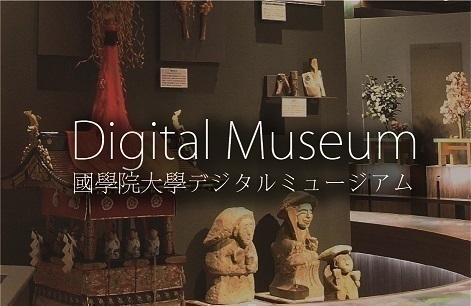- トップ
- Encyclopedia of Shinto
- Aizawa Seishisai
Encyclopedia of Shinto
| Main Menu: | |
| Links: |
詳細表示 (Complete Article)
| カテゴリー1: | 8. Schools, Groups, and Personalities |
|---|---|
| カテゴリー2: | Personalities |
| Title | Aizawa Seishisai |
| Text | (1782-1863) Confucian scholar and samurai retainer of the Mito Domain (located in present-day Ibaraki Prefecture) in the late Edo period. Birth name Yasushi. His style was Hakumin, and his common name was Tsunezō, while he had the epistolary names Seishisai and Keisai. An eager student from an early age, he began studies of Confucianism and history under Fujita Yūkoku (1774-1826) in 1791. He entered the Shōkōkan Academy in Mito in 1799 as a transcriber, and was promoted to full institute membership at the age of twenty-two. Aizawa was recognized for his talents through his contribution to the compilation of the Dainihonshi (History of Great Japan), and in 1804 was appointed tutor to Tokugawa Nariaki and other sons of Mito domainal lords. In 1810 he was called upon to communicate through writing with an English seafarer who had arrived at Ōtsuhama, and this correspondence was recorded as a document entitled Animondō. His warnings about the pending threat of the foreign ships were further detailed in Shinron, first published in 1811. This work later became a bible of the "revere the Emperor, expel the barbarians" (sonnō jōi) movement. In 1815 a dispute over domainal succession broke out, and Aizawa, Fujita Yūkoku's son Tōko and others shifted their allegiance to Tokugawa Nariakira, thus contributing under his rule to the reformation of domainal government throughout the Tenpō era (1830-43). Aizawa served as the head of Mito educational institutions such as the Shōkōkan and the Kōdōkan, placing his greatest efforts on the area of education in the Mito Domain. He died in the seventh month of 1863 at the age of eighty-two. His works also include Teki'ihen and Doku nao bi no mitama. -Yazaki Hiroyuki |




